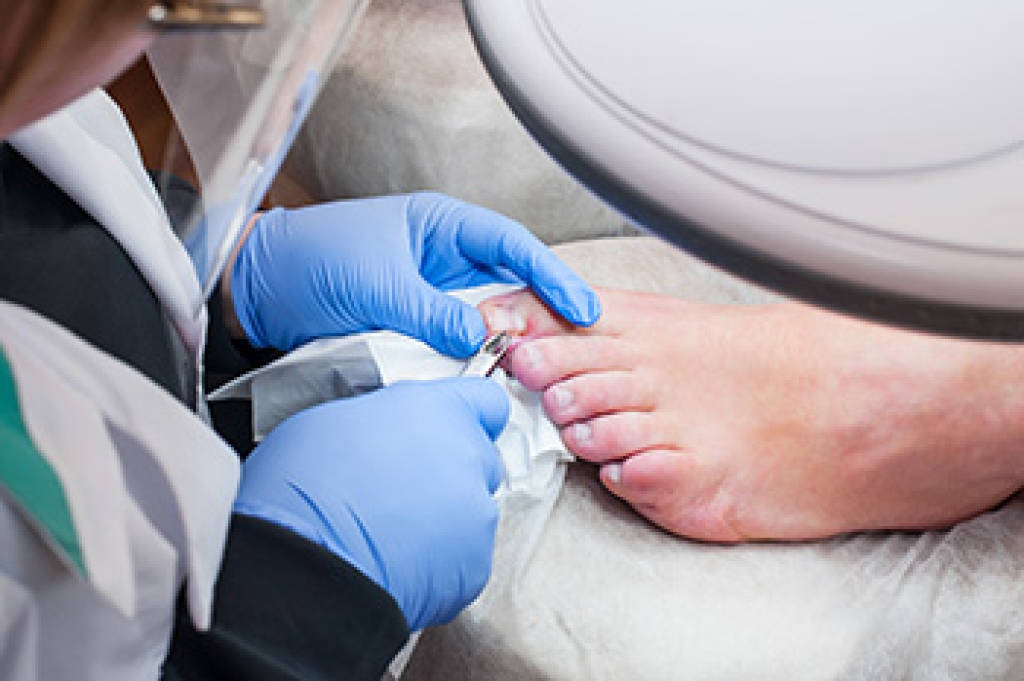
Ingrown toenails often linger when the nail continues to press into the skin at the side of the toe, usually affecting the big toe. This pressure can cause pain, swelling, and in more severe cases, infection. While mild cases may improve on their own, stubborn ingrown toenails often need professional care. A podiatrist can relieve discomfort by carefully trimming or removing part of the affected nail. When the condition returns repeatedly, surgery may be recommended to take away part or all of the toenail. Sometimes the root of the nail is removed to prevent it from growing back. These procedures are performed under local anesthetic and can significantly reduce the chance of recurrence. Healing may take several weeks, but most people find that symptoms improve soon after treatment. Prompt care is important to avoid infection and further complications. If you are experiencing the pain of an ingrown toenail, it is suggested that you make an appointment with a podiatrist for an exam and treatment.
Ingrown toenails can become painful if they are not treated properly. For more information about ingrown toenails, contact Afsha Naimat-Shahzad, DPM of Leander Foot & Ankle. Our doctor can provide the care you need to keep you pain-free and on your feet.
Ingrown Toenails
Ingrown toenails occur when a toenail grows sideways into the bed of the nail, causing pain, swelling, and possibly infection.
Causes
- Bacterial infections
- Improper nail cutting such as cutting it too short or not straight across
- Trauma to the toe, such as stubbing, which causes the nail to grow back irregularly
- Ill-fitting shoes that bunch the toes too close together
- Genetic predisposition
Prevention
Because ingrown toenails are not something found outside of shoe-wearing cultures, going barefoot as often as possible will decrease the likeliness of developing ingrown toenails. Wearing proper fitting shoes and using proper cutting techniques will also help decrease your risk of developing ingrown toenails.
Treatment
Ingrown toenails are a very treatable foot condition. In minor cases, soaking the affected area in salt or antibacterial soaps will not only help with the ingrown nail itself, but also help prevent any infections from occurring. In more severe cases, surgery is an option. In either case, speaking to your podiatrist about this condition will help you get a better understanding of specific treatment options that are right for you.
If you have any questions, please feel free to contact our office located in Leander, TX . We offer the newest diagnostic and treatment technologies for all your foot care needs.





